Tamarind, renowned for its tangy-sweet flavor and wide-ranging culinary applications, is one of the most utilized fruits in both global cuisines and traditional medicine. With its unique balance of sourness and richness, tamarind plays a crucial role in dishes from Southeast Asia, India, Latin America, and the Caribbean.
But which country stands at the top in terms of sheer tamarind production? In this article, we explore the world of tamarind — its origins, uses, global production, and the key country that currently leads the field.
A Snapshot of the Global Tamarind Industry
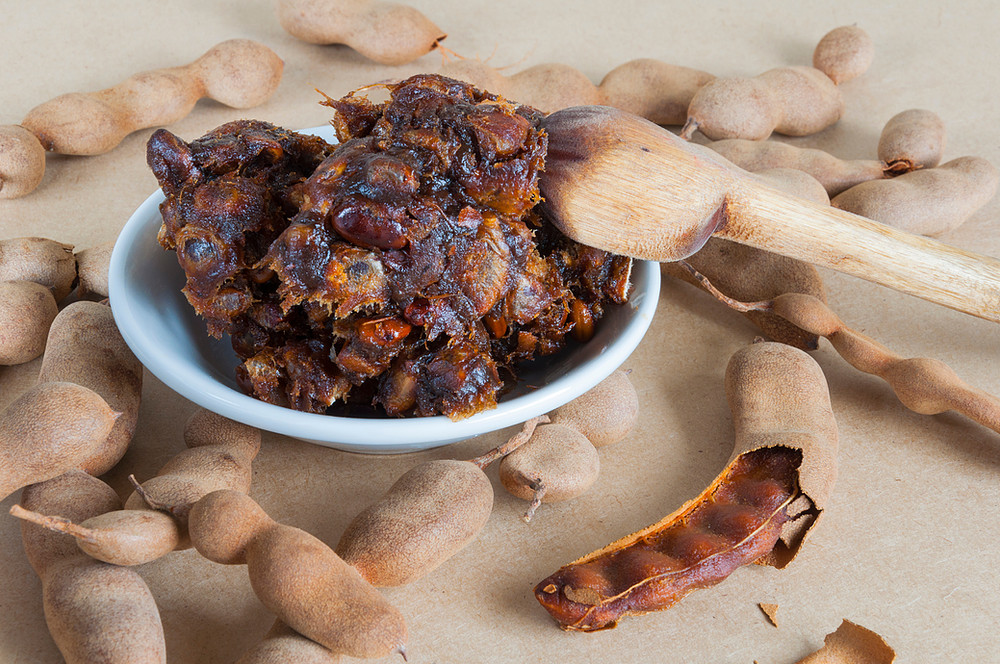
Tamarind (Tamarindus indica) is native to tropical Africa but has found a home across Asia and Latin America, thanks to its adaptability and flavorful fruit pulp. Today, tamarind trees grow in over 50 countries, thriving in hot, semi-arid to tropical climates, withstanding periods of drought, and flourishing in diverse soil types.
Global tamarind production is estimated at around 4 to 5 million metric tons annually, largely used in food processing, condiments, beverages, pharmaceuticals, and traditional remedies. Its popularity stems from its distinctive flavor profile — tangy, sweet, slightly sour, and richly aromatic.
Which Country Is the Largest Tamarind Producer Globally?
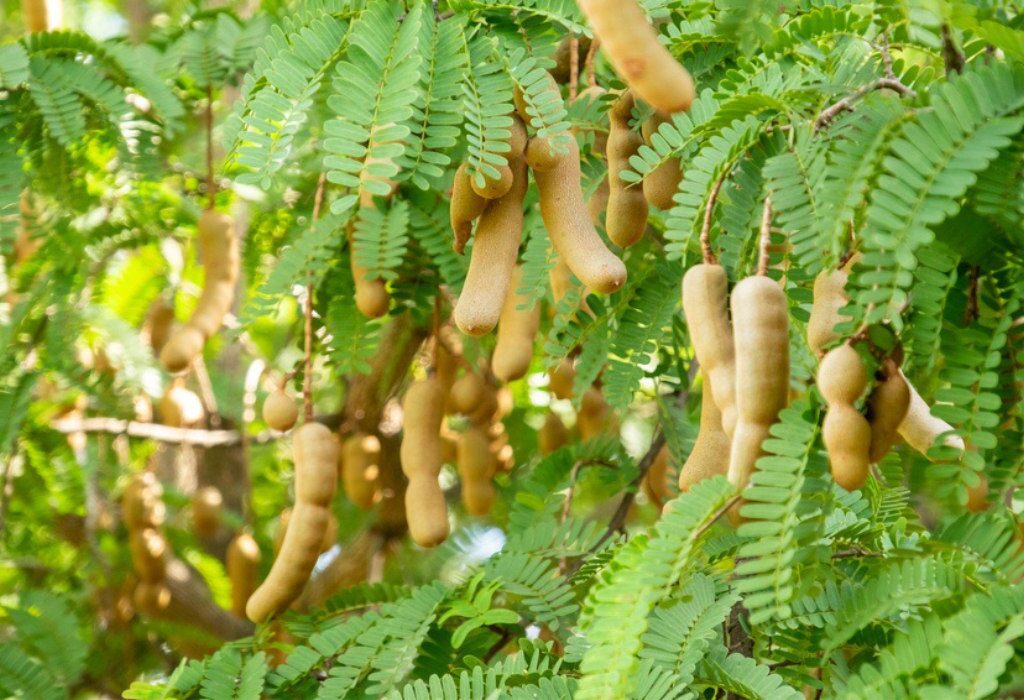
India takes the crown as the largest tamarind producer globally, accounting for roughly 30–35% of total world output, with annual production figures reaching approximately 1.5 to 1.7 million metric tons. This dominance is a result of India’s extensive culinary use, favorable climate, widespread cultivation, and strategic crop management.
Why Is India the Leading Tamarind Producer?
1. Ideal Climatic Conditions and Vast Cultivation Area
India’s climate—spanning tropical, subtropical, and dry regions—combined with its varying altitudes and precipitation patterns, makes it ideally suited to tamarind cultivation. The tree is cultivated extensively in states such as:
- Maharashtra: Cultivation thrives in dry regions where other crops struggle.
- Karnataka: Known for large orchards serving slaughtering and processing industries.
- Andhra Pradesh and Telangana: Both states host wide-scale tamarind farms.
- Tamil Nadu: Southern belts engage in large-scale production for domestic and export markets.
- Odisha and North Eastern states: Host pockets of traditional tamarind cultivation.
The resilience of tamarind trees allows them to flourish on marginal lands where yields from other crops might fail.
2. Integral Role in Indian Cuisine and Culture
Tamarind pulp is a key ingredient in numerous dishes throughout Indian gastronomy, including:
- Sambar and Rasam: Essential souring agents in South Indian meals.
- Chutneys and Pickles: Offering unique sweet-tart accents.
- Imli Candies: Beloved snacks in urban and rural areas alike.
- Beverages: Featured in drinks such as imli sherbets and jal jeera.
Beyond taste, tamarind is steeped in Ayurvedic medicine, praised for digestive, antioxidant, and anti-inflammatory properties, ensuring stable domestic demand.
3. Agroforestry and Traditional Farming Integration
In many parts of India, tamarind is cultivated through agroforestry systems, combining fruit trees with other crops, or simply grown around home compounds and village commons. Mature trees — some over 50 years old — continue to produce fruit reliably, ensuring sustained yields with low maintenance.
4. Export Infrastructure and Processing Industries
Export-oriented processing plants in India produce:
- Dehydrated tamarind pulp
- Tamarind concentrates
- Tamarind paste and sauces
- Tamarind seeds and seed extracts for pharmaceutical use
Major export hubs are found in Maharashtra, Tamil Nadu, and Karnataka, exporting to the Middle East, Southeast Asia, the U.S., and Europe.
Top 5 Tamarind-Producing Countries (Approximate 2022 Figures)

| Rank | Country | Production (Million Metric Tons) |
|---|---|---|
| 1 | India | 1.6 |
| 2 | Thailand | 0.9 |
| 3 | Mexico | 0.65 |
| 4 | Indonesia | 0.6 |
| 5 | Nigeria | 0.55 |
India’s production exceeds the combined output of many mid-tier players, underlining its global dominance.
Other Major Tamarind-Producing Countries
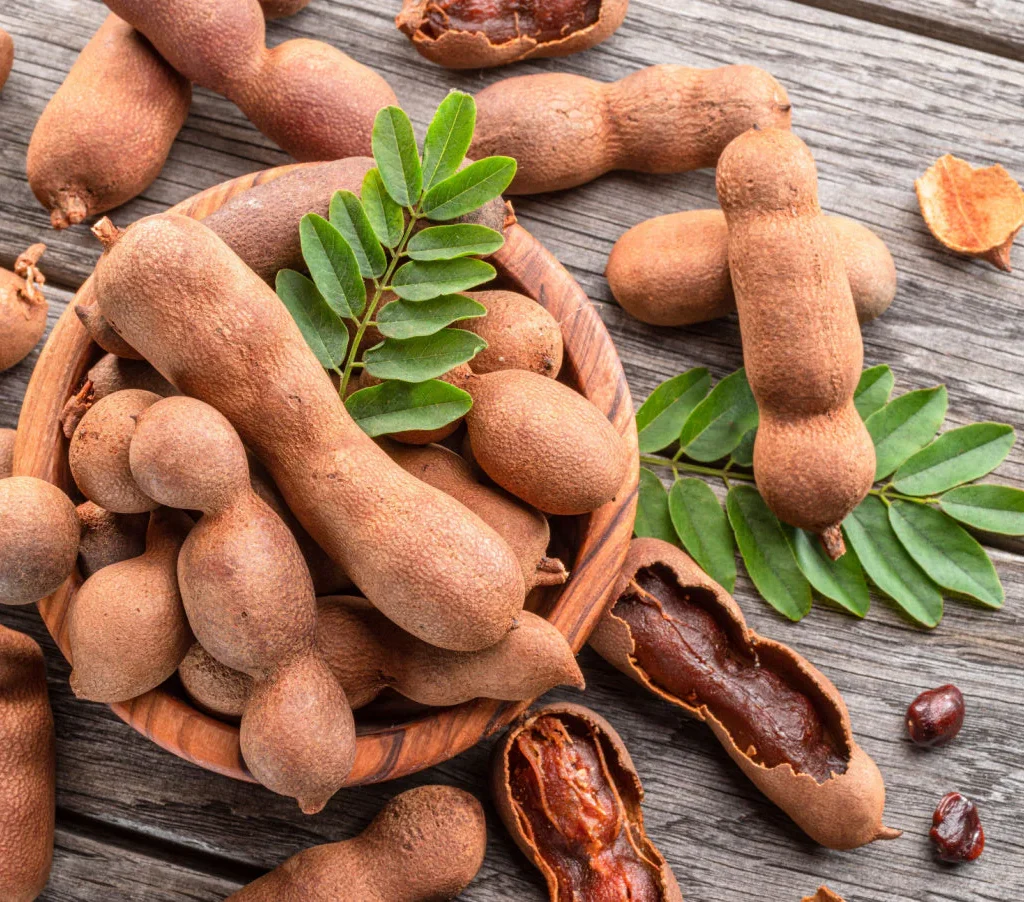
While India leads, other countries also stand out:
Thailand
Thailand produces around 900,000 tons a year and is known for its high-quality tamarind pulp, which is used in regional dishes like pad thai, curries, and tamarind snacks. The pulp is also heavily processed into paste and exported.
Mexico
Mexico, with around 650,000 tons, contributes greatly to Latin American tamarind markets. Mexican tamarind is often used in candies, aguas frescas, sauces, and marinades.
Indonesia
Indonesia reaches around 600,000 tons, producing tamarind for local consumption and export. The fruit is used in condiments, herbal drinks, and sauces like sambal kecap.
Nigeria
As Africa’s leading producer, Nigeria accounts for around 550,000 tons, primarily for local food use, sauces, and traditional beverages.
Versatility and Global Uses of Tamarind

Tamarind’s application is vast:
- Food & Seasoning: Used in soups, curries, marinades, chutneys, and sauces.
- Confectionery: Candies, pastilles, and sour snacks.
- Beverages: Included in soft drinks, herbal sherbets, and traditional tonics.
- Culinary Processing: Tamarind concentrate used in seasoning packets and sauces.
- Pharmaceutical/Industrial: Tamarind seed polysaccharide used in food and drug industry.
- Cosmetics & Personal Care: Kerala used for hair conditioners, skin toners, toothpaste.
- Traditional Medicine: Believed to alleviate constipation, fever, and inflammation.
Cultural & Health Significance
Tamarind is not only a staple flavor but also deeply rooted in culture:
- In South India, tamarind-held rituals mark beginnings and endings of major celebrations.
- In Southeast Asia, tamarind trees often border villages as shade providers.
- Tamarind is rich in vitamin C, B vitamins, potassium, and dietary fiber, contributing to digestive health.
Challenges in the Tamarind Industry
Despite its global penetration, tamarind faces challenges:
- Post-Harvest Loss: Fruit bruises easily; unclear quality standards at origin.
- Low Grower Incomes: Irregular yields and unregulated pricing affect farmers.
- Climatic Vulnerability: Irregular rainfall and monsoon delays affect flowering and fruit development.
- Certification & Traceability: Many key export markets demand standards for food safety traceability and certification.
India, along with other producers, invests in:
- Improved sorting, grading, and drying techniques.
- Better nursery stock and drought-resilient cultivars.
- Farmer cooperatives and agri-entrepreneurs developing certified supply chains.
Sustaining Tamarind Production into the Future
To cement tamarind’s place in global agriculture, stakeholders are working on:
- Farmer training programs on sustainable cultivation and value addition.
- Research into new cultivars with longer shelf-life and disease resistance.
- Cold-chain logistics, packaging improvements, and branding initiatives.
- Boosting agri-tourism, leveraging tamarind orchards as cultural/eco-tourism sites.
Conclusion
When asked “Which country is the largest tamarind producer globally?”, the answer is clear — India. Its adaptability to diverse climates, deep integration in culinary and traditional practices, agroforestry compatibility, and ability to process and export tamarind at industrial scale have consolidated its leadership position.
While Thailand, Mexico, Indonesia, and Nigeria remain significant participants, India’s legacy and ongoing innovations in farm production and value addition ensure its tamarind supremacy.
As consumer interest in natural flavor profiles and traditional crops continues to grow, tamarind stands to gain renewed prominence—and India will remain at the center of global production and supply

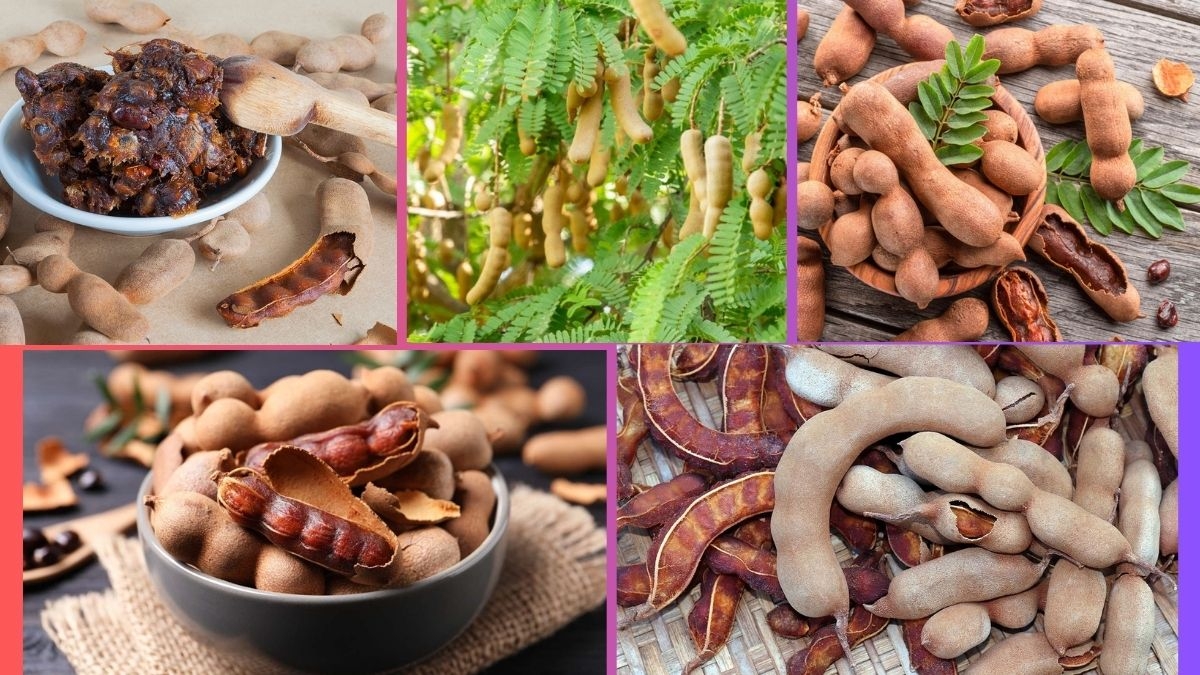
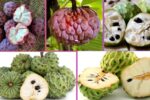



Leave A Comment